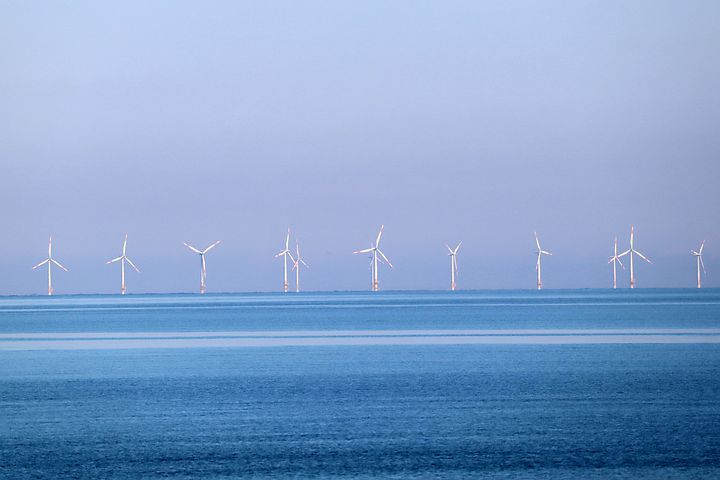The Brief: Renewable energy for maritime transport

Renewable energy for maritime transport is fast-growing, together with the blue sector, with considerable potential in terms of technological development and employment opportunities.
According to the UfM, in the Mediterranean Sea, Floating offshore wind technology is considered the most suitable, given that it can be deployed in deeper waters. This technology allows for the exploitation of offshore areas.
To obtain this objective, there is a need to strengthen regional cooperation in energy, grid and marine spatial planning for cost optimisation of the deployment of Marine Renewable Energies (MRE) in the Mediterranean.
Challenges and Opportunities
The main challenges are those conflicts induced by the co-existence with different uses of the maritime space, namely tourism, fisheries and shipping. Knowledge on long-term environmental impacts is still limited. Major concerns include: increased noise levels, collision risk, habitat alteration or contaminants release.
Opportunities comprise further developing sustainable energy self-sufficiency of coastal areas and islands, as well as enhancing the transition towards carbon-neutral ports.

Past, present and future
In the past, there were no commercial offshore wind parks. Indeed, in the Mediterranean, there is no infrastructure developed beyond the pilot phases on wave, tidal, thermal and osmotic energy. Furthermore, developing and implementing marine energy technologies has so far not been a priority in the Mediterranean, as it is considered less cost-effective when compared to other renewables (e.g. solar or land-based wind energy).
For the time being, this type of energy is mostly deployed in the north of the Mediterranean – notably in France, Greece, Italy and Portugal. Other forms of ocean energy are still experimental, despite proven good potential for wave energy and localised potential for tidal energy, only two countries in the Northern Mediterranean area have adopted specific policies for the exploitation of wave and tidal power for energy purposes. Among offshore technologies, Levelized Costs Of Energy (LCOE) values for bottom-fixed offshore wind are lower than for floating offshore. However, the difference is expected to decrease by 2050. For wave and tidal technologies, LCOE values are significantly higher, but they are also on a decreasing trend.
In the future, marine renewables are given a prominent role within the European Green Deal and the COVID recovery package. A foreseen total estimated 70 GW of offshore wind energy production is to be located in Southern European waters by 2040. Marine renewable energy could help to reduce annual greenhouse gas emissions by 10% so that the global temperature does not exceed the critical threshold of 1.5°C in 2050. Some technology is becoming more affordable (e.g. fixed offshore wind).
There is no doubt, that energy transition is a priority on the international agenda so as to reach carbon-neutral objectives. For this reason, we will be closely following commitments and studies regarding this sector.
